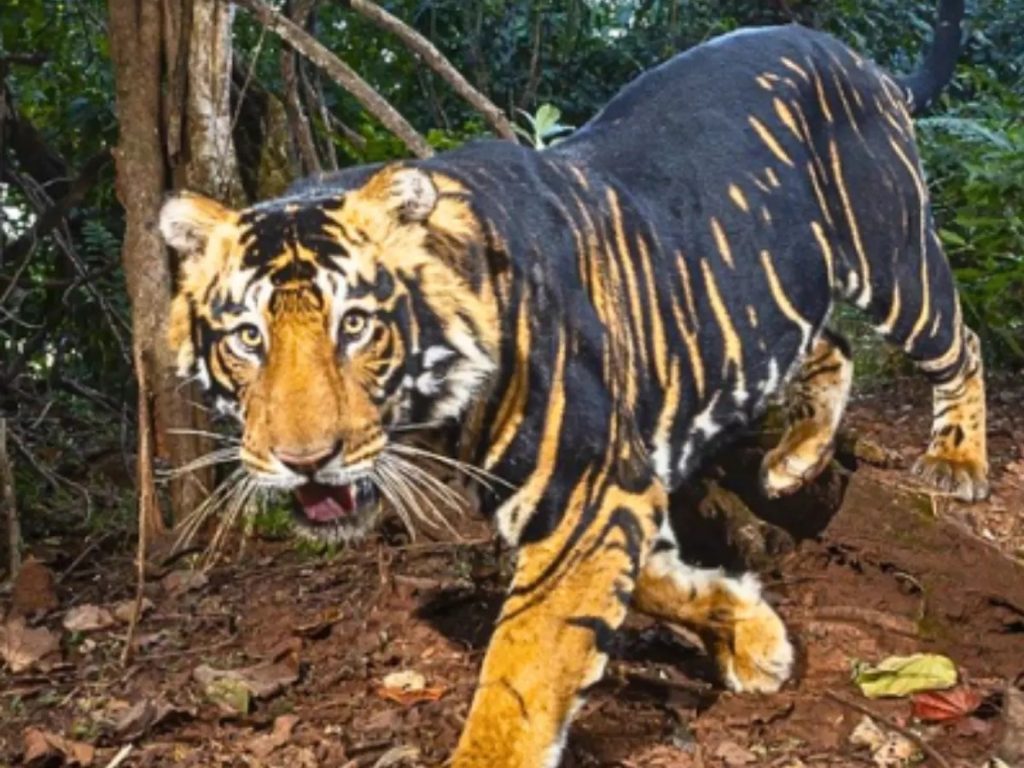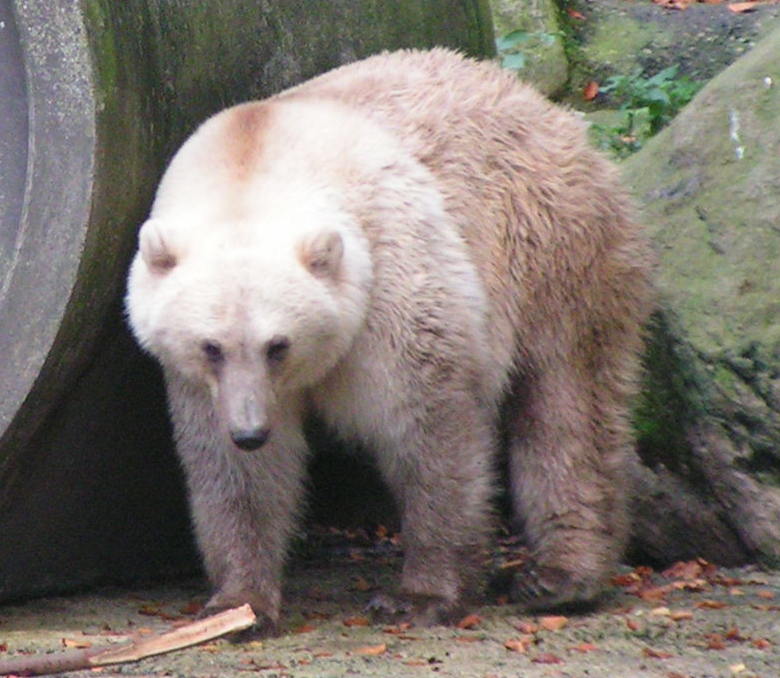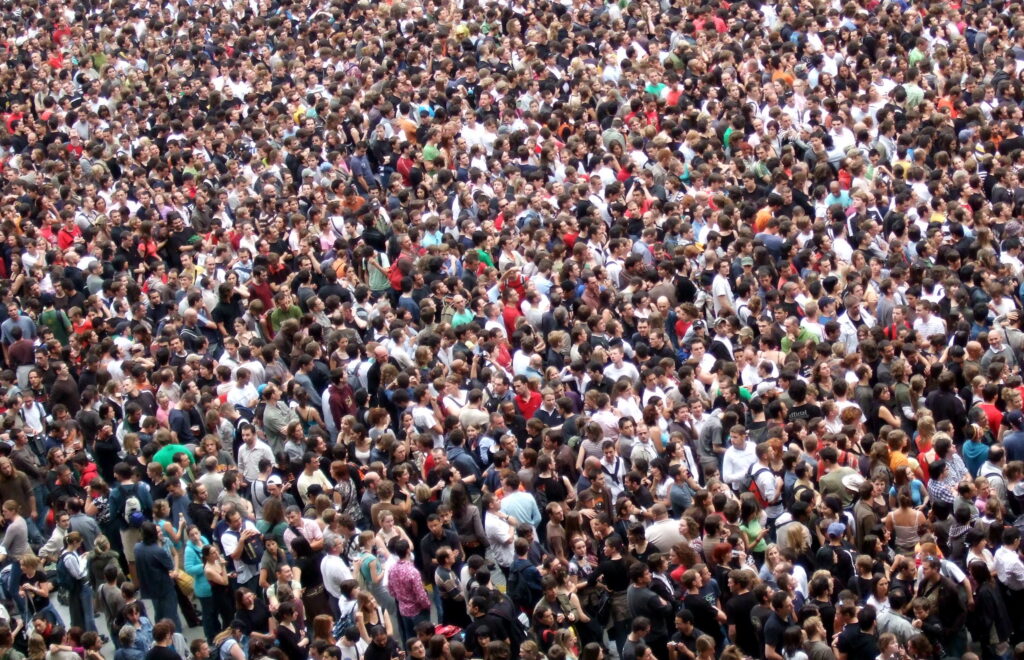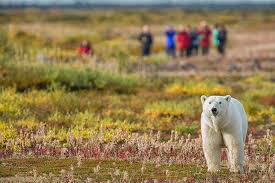This is the place were beavers first appeared in 2008, though were only fully recognized in around 2013. A full study on the impact of these animals on the river, was launched in 2014 and after 10 years it has reported. The results are incredible, with much of the local environment totally changed.
Space along the river was given over to the beavers, and they have taken full advantage. Their dams mean that in storm conditions, surges are 30% smaller, allowing the river to cope, and not flood towns along its route. An estimated 24 million litres of water is now stored in these beaver areas. This has in turn created areas where toads, water voles dragon-flies and even otters are able to thrive.
Similar impacts have occurred in other places where beavers returned such as Scotland.
Clearly, we should be looking to facilitate the spread of the beavers, and translocating them to suitable rivers up and down the country. Our rivers are known as some of the dirtiest in the country. While much of the blame for this lies with sewage treatment, beavers would likely have a fantastic impact on this.















